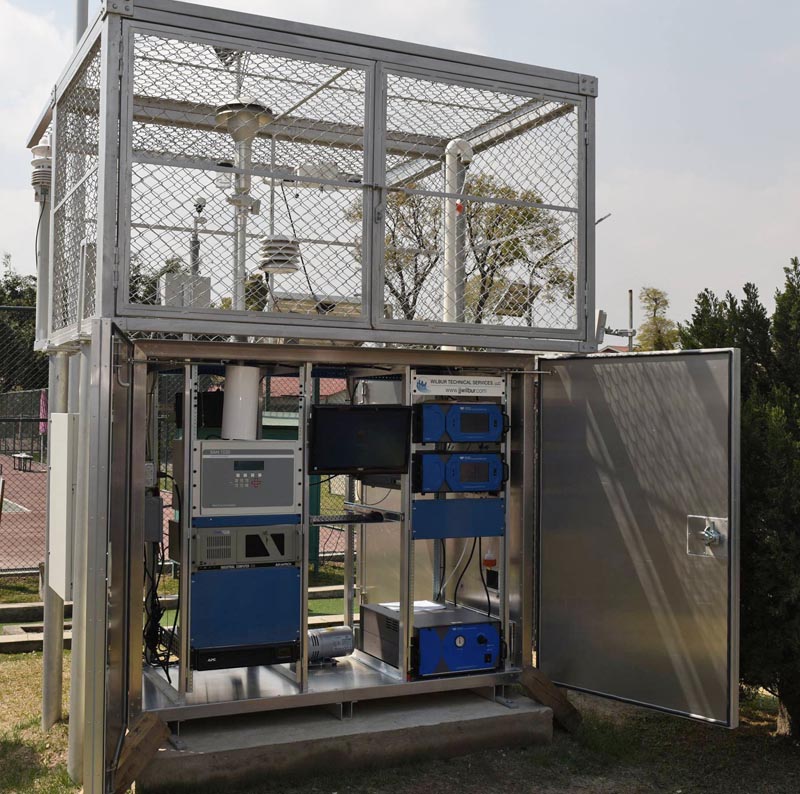Nine stations in operation to measure air quality in Valley
Kathmandu, September 3
Nine monitoring stations are currently in operation for measuring air quality in Kathmandu Valley.
According to the Department of Environment, the government has set up four new air quality monitoring stations in Shankapark, Kathmandu; TU premises, Kirtipur; Birendra Sainik Awasiya Mabidhyalaya, Bhaktapur; and Bhaisepati Residency Area, Lalitpur. Earlier, the government was running four stations. Two other stations are being run by Kathmandu-based American embassy.
Senior Divisional Chemist at the department Shankar Prasad Paudel said with all nine stations in operation, the government was now able to measure air pollution levels in Kathmandu Valley more accurately.
“No stations will be added in the Valley for the same purpose in future as those in operation are adequate to measure air quality accurately,” Paudel said and added that three air quality monitoring stations were also set up in Pokhara.
The recently installed stations are measuring dust particles and sending their report to the central server. The Asian Development Bank had provided financial assistance for setting up the stations.
The government had resumed air quality monitoring in Kathmandu Valley in August last year by installing a station at Ratnapark seven years after previous monitoring stations were closed. Besides, the government-run air quality monitoring stations in Kathmandu, Nepal also has access to US Embassy Air Quality Monitor data, the most reliable air data agency United States Environmental Protection Agency.
According to the department, the stations measure dust particles, especially particulate matter (PM 10) and PM 2.5 in the air, levels of carbon monoxide, sulfur dioxide, nitrogen oxide and ozone in the atmosphere.






